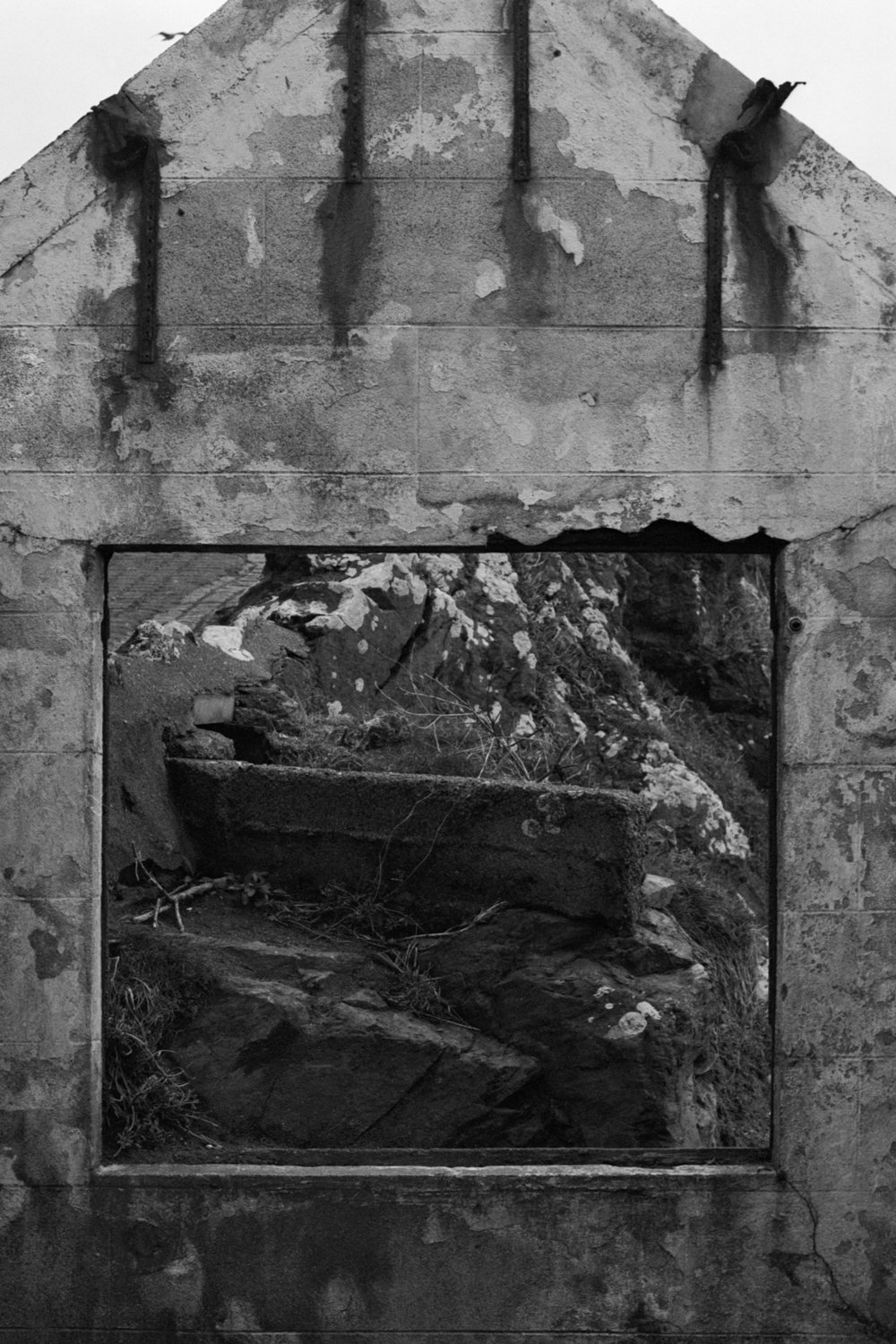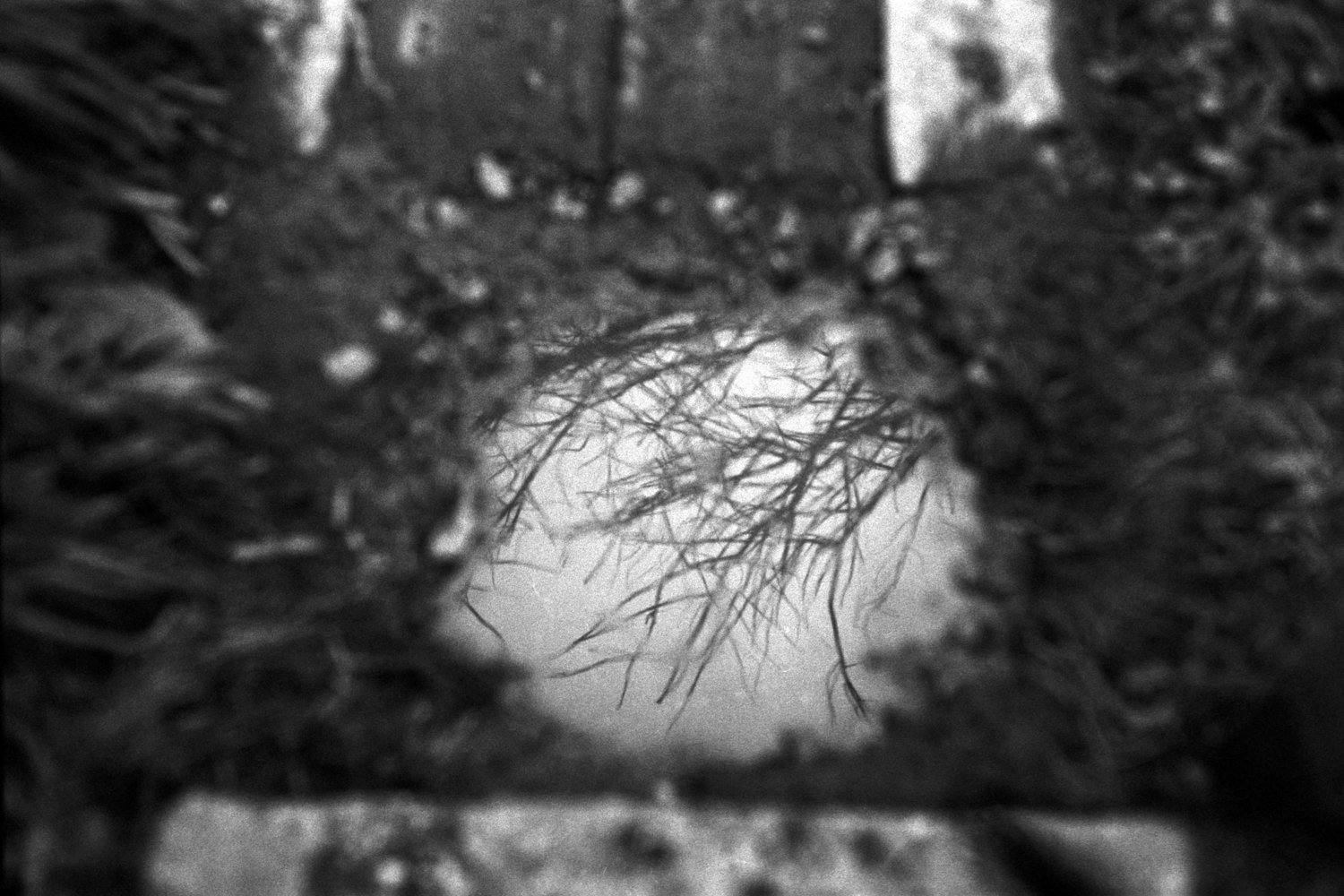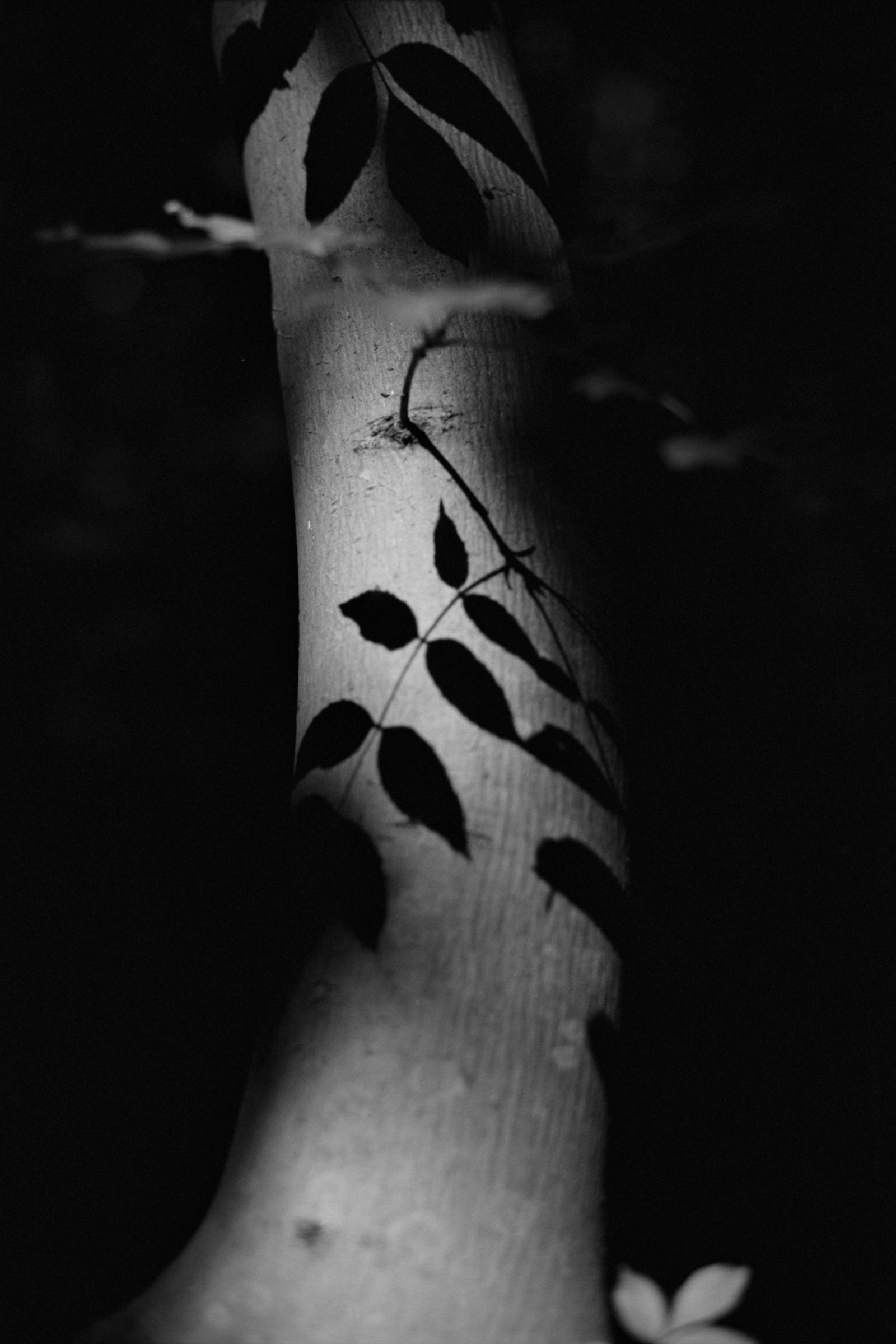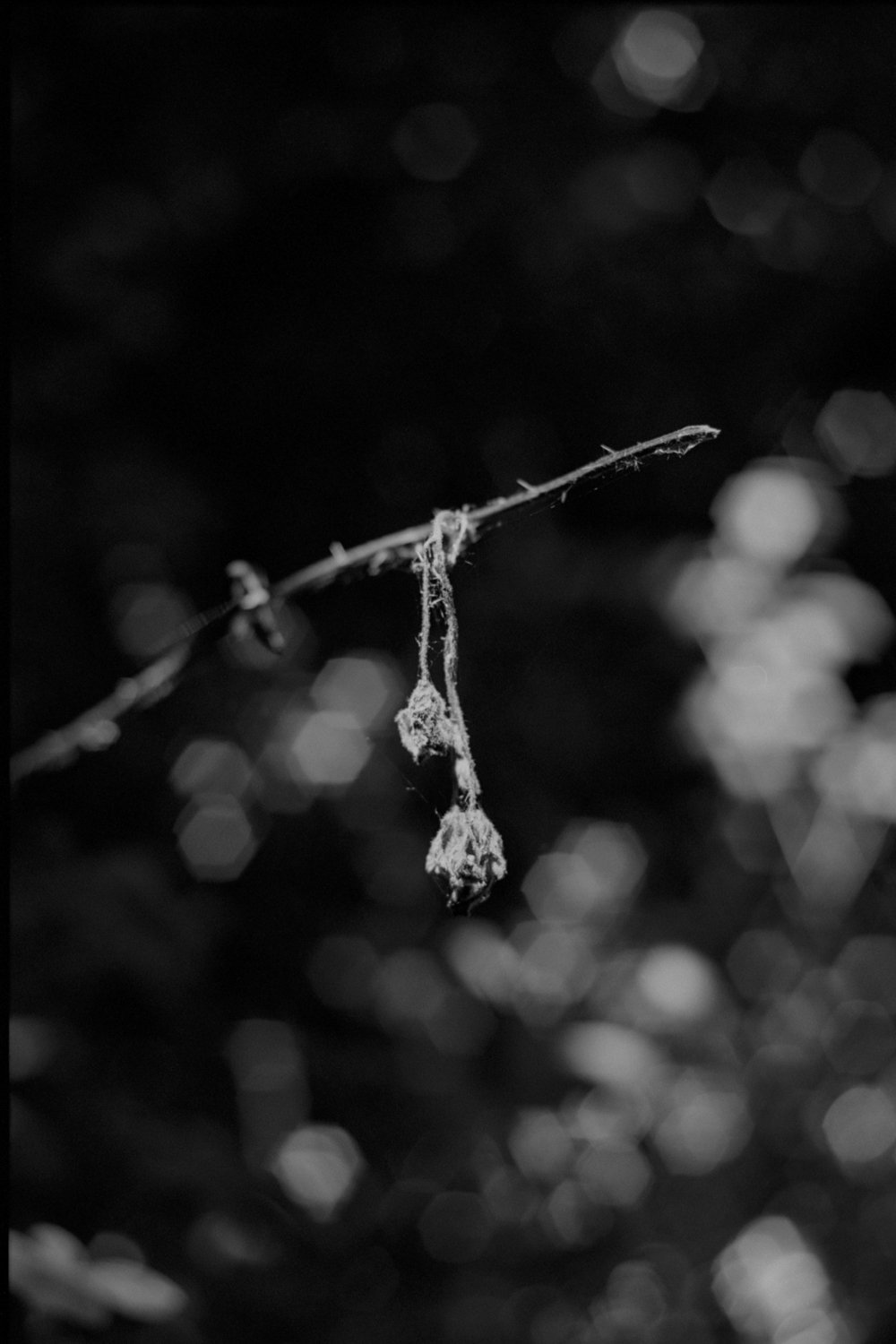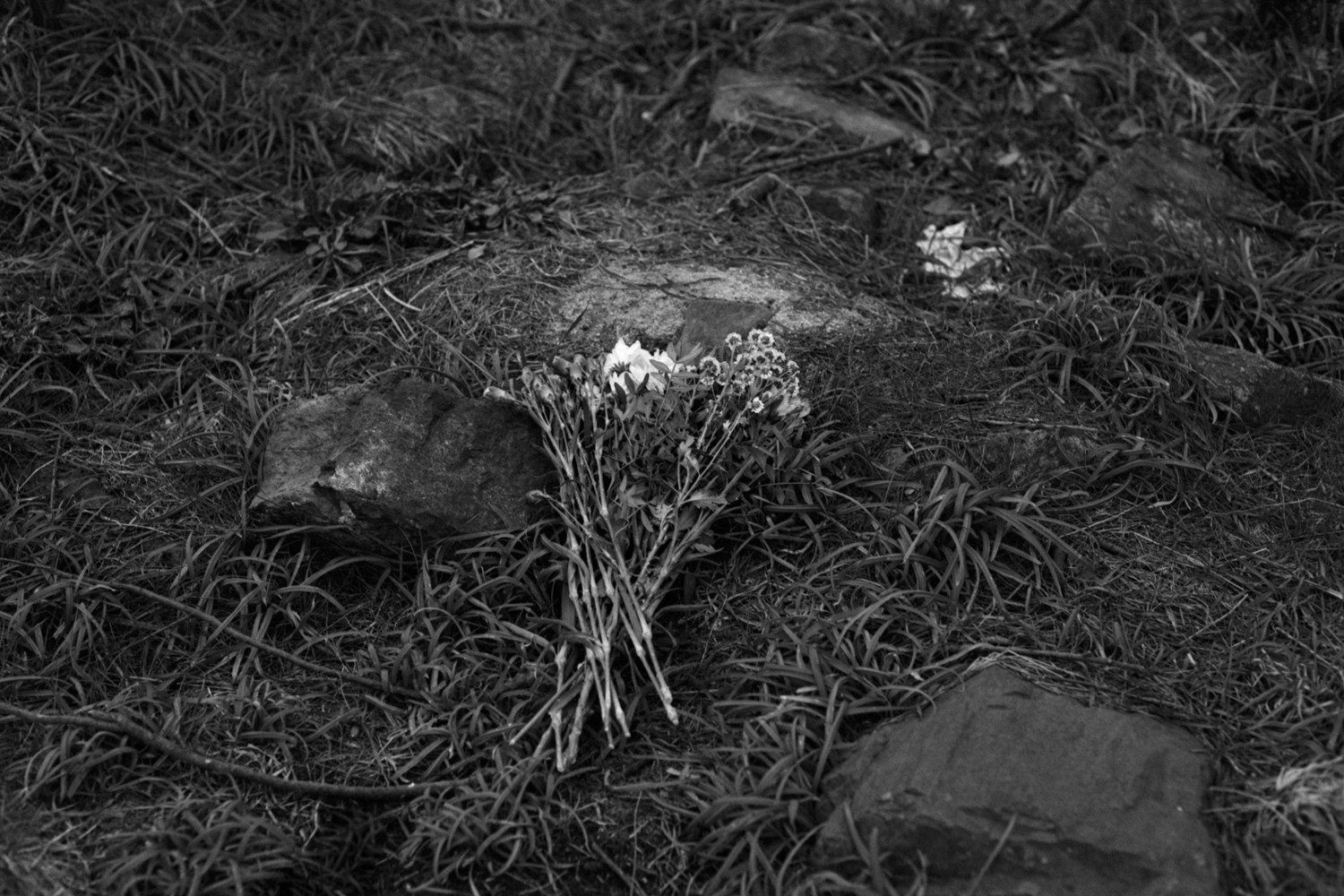Simon Bray is a Manchester based documentary and landscape photographer who has created several recognisable projects over the past couple of years. Alongside working as a photographer as a full time job, Simon has released a number of successful books and in 2018 he was invited to produce Martin Parr’s latest commission with Manchester Art Gallery. His project themes touch on sensitive topics and this shows within all of Simon’s work. His latest book sees the release of the long anticipated project – Ambient 4 : On Land. In this interview Simon talks about the inspiration behind the project and how he’s gone about self publishing the series.
I’m a huge fan of Brian Eno and ambient music as a genre. I mostly listen to it when I need to concentrate on work or when i’m reading. I’m interested in what you found so compelling about this piece in particular?
It wasn’t explicitly the music that I found most compelling actually. I do spend a lot of time listening to ambient music, and if I was selecting based purely on my affections for a particular record, it probably wouldn’t have been this one. It was its connection to specific locations that really got me thinking, the way in which Brian was inspired by landscapes close to where he grew up in Suffolk, as well as Lizard Point, the most southerly point of the UK.
Whether my photography takes the form of documentary, landscape or abstract work, the thing that unites it all is an exploration of place, how we connect and explore places, forming affections and memories, and I wanted to see for myself what these places held that might have inspired the music that Brian created.
The album, ‘Ambient 4:On Land’ was right at the forefront of the origin of the genre of ambient music. That opportunity to work without lyrics really offers a freedom in terms of what instigates the creation of a piece of music. Perhaps it’s self indulgent, a creative exploration, or in Brian’s case, an attempt to experiment and create something brand new.
Eno describes the album as “an attempt to transpose into music something that you can do in painting: creating a figurative environment.” Was this something that perhaps inspired you initially when thinking about making work and thinking about photography?
Yes, there’s certainly a balance here between portraying something real and concrete using abstract means, in both the music and photography.
Photography are a document but not always a literal representation, and to a certain extent, my photos here are representative of the subject matter. Through my process and the aesthetic of the images, I wanted to explore the places in the way that Brian suggests, a more figurative representation, whilst still trying to relate to the broader abstract notions that the music presents to the listener. At times, the music can feel soothing and offer solace, whilst at others, it can feel very alien and distant from anything relatable. Whilst constrained by the subject matter within the locations, it’s those contrasting feelings that I wanted to explore.
Given the intimate nature of the series, what made you visit the places and were you looking for anything in particular when you started photographing the series?
Whilst I spent quite a lot of time researching the locations in liner notes and interviews (some of them aren’t very easy to find!), I didn’t really endeavour to approach the making of the images in a prescribed way. Because some of them are so small as locations, I wasn’t ever sure what I was going to find, so a lot of the images were made through simply inviting myself to walk and explore a specific location, but leaving it up to serendipity as to what drew my attention.
As always when working in this way, there are themes that appear as you work, repeated subject matter that you find yourself returning to. There are a lot of examples of contrasting natural and made made subject matter which presented themselves in similar forms of shapes within an image, although that often works on a more subconscious level and reveals itself when doing the edit, which I had 3 or 4 attempts at!
For me, ambient music makes me feel all kinds of different emotions depending on what i’m listening to and what kind of mood I’m in when I’m listening to that particular piece. I feel it’s the same with photography. What do you want people to feel when they look at this work?
Having worked with music and photography for all of my working life, it’s still fascinating to observe the similarities and differences in how both I, and the wider public, engage with both mediums. They can both be immediate, and offer you something in a moment, take you by surprise or reveal an emotional response that you didn’t know was within you. Similarly though, they can both be slow and take time to soak in, for their true selves to be revealed to the viewer or listener. I wouldn’t want to prescribe any particular feeling to someone looking at my work, but I suppose what I’m trying to find is a balance between both the immediate and slower responses.
I find this series incredibly inspiring and in a way that it proves that there’s always work out there to be made, no matter how you’re feeling about your work. I feel a lot of people and especially me, struggle to find things to go out and shoot. You’ve produced a body of work by taking something that means a lot to you and turned it into a beautiful series. Could you give any advice on getting out and making work? What’s your process?
Well, if I was to wait for someone to come along and commission a body of work like this, it would never get made. As an artist, I operate with the currency of ideas, and it’s up to me to decide which ideas I pursue or not. Some things I get incredibly excited about initially, do a load of research, but then realise there’s not much depth to it, someone else has done it better than I would or I just simply forget the idea over time. There are also plenty of ideas that I just start to see where it takes me. Those initial beginnings reveals so much about how it might progress, or not. It’s about testing it out, learning, getting it wrong and trying again, and if you don’t start something, you’ll never know!
Last year, I worked with Martin Parr as producer for his commission from Manchester Art Gallery. The guy is relentless, we were out from first thing in the morning to last thing at night, taking in as many locations and scenarios as we could. That really showed me the extent to which it’s down to the photographer to get out and make the opportunities to make photographs for yourself. Unlike Martin, I’m not someone who has to be out shooting every day, although I’m sure that would do me a lot of good, but once I’ve found an idea to pursue, I’m going to keep going until it’s completed.
You’re about to release this series in your first self-published book. There’s a lot of publishers out there that nowadays are creating photobooks for photographers. Why did you decide to do it all by yourself and what advice would you give to anybody thinking of doing the same?
I did speak to a few publishers, who were all very nice about the work, but many of them have projects and books lined up well into the future and I didn’t really want to wait! Compared to some of my other work, this was something that I wanted to see in print and having made a few publications before, I’ve learnt many of the pitfalls of self publishing. I got permission from Brian and he wanted to see a copy, so I need to get it right! It is a bit of a gamble, to front the money for printing, so it’s worth finding a printer that you can talk with or visit, build a relationship and that’ll prove invaluable in avoiding mistakes. Similarly, I enjoy developing the edit and layout myself, but it’s always worth running things by trusted photographers and designers, and be prepared to listen to what they say!
I think the most significant decision is to ask yourself who is the book for? If it’s just for you, to see your work in print and use as a promotional tool to send to publishers and curators, that’s different to embarking on a commercial venture and trying to sell copies to your audience. When it comes to trying to make sales, there are so many ways do marketing for free these days, but it still needs to be targeted, don’t just pop some tweets out and expect to sell a load of copies. Find the blogs, publications and channels which support and promote your type of work and share it with them, they may not take it, but if they do, it comes with their endorsement and reaches their audience, who you know have an existing interest in that type of work. So, for example, with this project, there are plenty of people in the photography world that it might be of interest, but there are thousands of Brian Eno fans and music publications that might also be interested. Don’t narrow your audience down to photography, consider what your work is about, because it’s likely to be people in those realms that are more likely to engage with the work and potentially commission you.
What are you working on next after this?
I’m exhibiting a long term project, Loved&Lost, at Sheffield Museum this winter, which I’m currently getting ready for. The project explores each participant’s experience of grief through re-staging a family photograph and interview. It’s gained a lot of traction outside of the photography world, which is great, I’m always trying to find ways to reach new audiences. As a follow on from Loved&Lost, I’m currently working on a project exploring sibling relationships, the uniqueness of that connection (or disconnection), working with a variety of sets of siblings. I’ve also got a collaboration in the pipeline exploring the disused mines across the UK, recording audio within the empty spaces with a view to using them to make some ambient music of my own! Another idea to test out and try a different approach, we’ll see what happens!
